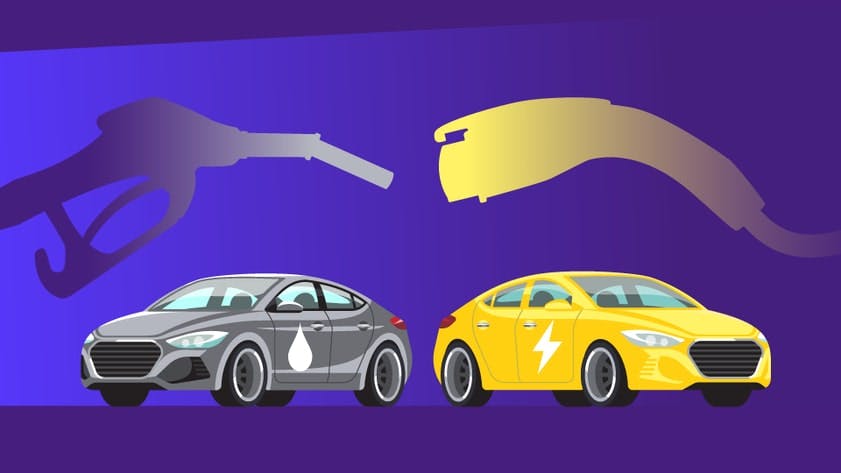
Decoding Electric and Hybrid Vehicles
As the world continues to prioritize sustainable transportation and combat climate change, the automotive industry has witnessed a remarkable transformation in recent years. The advent of electric vehicles (EVs) and the advancements in hybrid and plug-in hybrid technologies have revolutionized the way we perceive mobility. From zero-emission driving to improved fuel efficiency, these innovative vehicles are reshaping our roads and paving the way towards a cleaner and greener future. In this article, we delve into the intricacies of electric vehicles, hybrid vehicles, and plug-in hybrid vehicles, unraveling their unique features and contributions in our journey towards sustainable transportation solutions.
ELECTRIC VEHICLES (EVS)
Electric vehicles are vehicles that are powered entirely by electricity stored in onboard batteries. They do not have an internal combustion engine (ICE) and produce zero tailpipe emissions. Instead, they use an electric motor to drive the wheels. The electricity for EVs is usually stored in high-capacity lithium-ion batteries, which are rechargeable.
Battery Electric Vehicles (BEVs): BEVs rely solely on electricity as their power source. They are charged by plugging them into an electric power source, such as a wall socket or dedicated charging station. The battery capacity determines the driving range of a BEV, which typically ranges from around 100 to 300 miles (160 to 480 kilometers) on a single charge.
Fuel Cell Electric Vehicles (FCEVs): FCEVs use hydrogen as their fuel source and employ a fuel cell stack to convert hydrogen into electricity. This electricity powers the electric motor, providing propulsion. FCEVs produce only water vapor as a byproduct, making them emission-free. However, FCEVs are less common than BEVs and face challenges related to hydrogen infrastructure and production. The Hyundai NEXO is a common example of a FCEV.
HYBRID VEHICLES
Hybrid vehicles combine an internal combustion engine (ICE) with an electric motor and a battery. The two power sources work together to provide propulsion and improve fuel efficiency.
Parallel Hybrid: In a parallel hybrid, both the ICE and the electric motor can independently provide power to propel the vehicle. The electric motor assists the engine during acceleration and can also recharge the battery during deceleration or braking.
Series Hybrid: In a series hybrid, the ICE is primarily used to generate electricity, which powers the electric motor that propels the vehicle. The ICE does not directly drive the wheels.
Power-Split Hybrid: Power-split hybrids, also known as full hybrids, use a combination of parallel and series hybrid architectures. They can operate in different modes, such as using the electric motor alone, the ICE alone, or both together.
Hybrid vehicles offer improved fuel efficiency compared to traditional gasoline or diesel vehicles since the electric motor assists the ICE. They also provide regenerative braking, which helps recharge the battery during deceleration.
PLUG-IN HYBRID VEHICLES (PHEVs)
Plug-in hybrid vehicles (PHEVs) are a type of hybrid vehicle that can be recharged by plugging them into an external power source. PHEVs have larger battery packs compared to regular hybrids, allowing for a longer all-electric driving range. When the battery is depleted, the vehicle operates as a conventional hybrid, utilizing the ICE and regenerative braking to extend the driving range.
PHEVs offer flexibility since they can operate in electric mode for shorter commutes and use the gasoline engine for longer trips. This eliminates range anxiety associated with pure EVs, as PHEVs can use the gasoline engine as a backup.
In summary, electric vehicles (EVs) are fully electric and rely solely on electricity for propulsion. Hybrid vehicles combine an internal combustion engine (ICE) with an electric motor to improve fuel efficiency, while plug-in hybrid vehicles (PHEVs) are hybrids that can be charged externally and offer a longer all-electric driving range.
Click here to check out our selection of Electric, Hybrid and Plug-In Hybrid vehicles!
